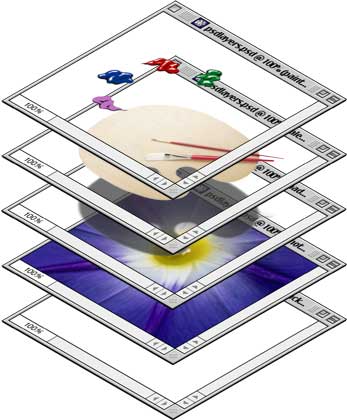How to Organize Layers into Layer Sets Using Adobe Photoshop

In processing the photos, we often want to do something different and original. We use different brushes, filters, plug-ins, styles and other features in Adobe Photoshop. Another good way to get an interesting result is the application layer mode. Their use can give the most unusual and unexpected design options.
It is recommended to change the visibility of some layers and groups and merging layers in this program is necessary as it allows you to get rid of unnecessary confusion during editing. Therefore, the panel for working with layers is probably the most used part in the program.
Instructions
-
1
First, open the image in Adobe Photoshop. Adjust it according to your taste. Correct white balance, brightness, colour, etc.
-
2
After opening the image, you cannot make any fundamental changes. After opening the image file and before editing, you need to unlock the image layer. For this you need to make use of the tool bar. Click here to see all the "Layers". Here you place the cursor on the function "New". This will pop up a window where you can perform the action "from the background." Thus, you can unlock the layer and may proceed in editing the image.
-
3
Panel layers have two types of images. To expand it, just click on the icon "Layers", which is typically located at the right edge of the window. It is recommended to minimize any panel by clicking on the double arrow mark at the right edge of the window.
-
4
Expand the Photoshop menu section "Window" and check against the item "Layers" if the mapping of this panel is off. This can be done not only by clicking the right mouse inscriptions, but also with the help of a keyboard. For the disclosure of a menu first press Alt (left or right - it does not matter), and then the key with the letter "O" on the keyboard layout. To navigate through the section, use the navigation buttons.
-
5
You can organize layers without the menu editor, after switching the “on / off” options in the Layers panel after appointing a "hot key”. Use the F7 key to quickly show or hide this interface element.






